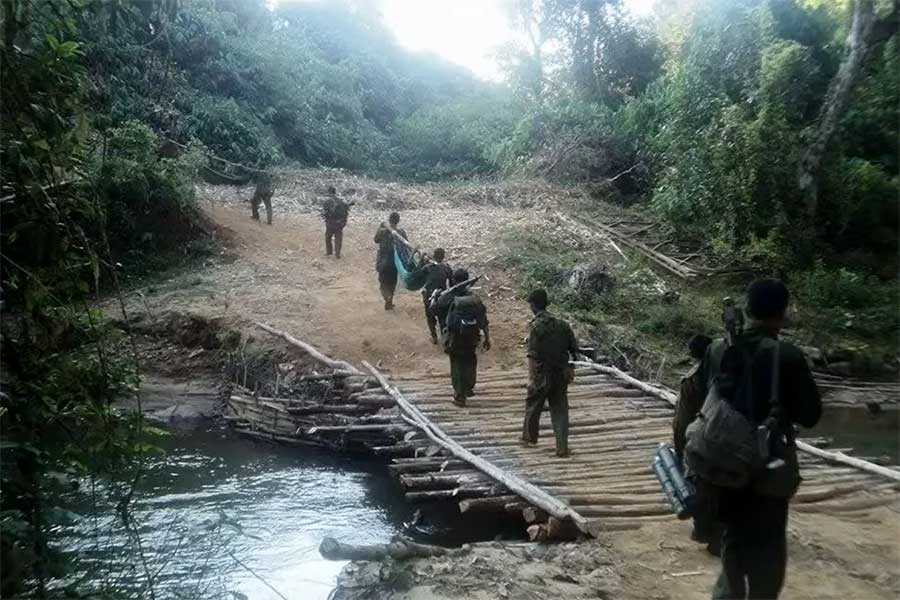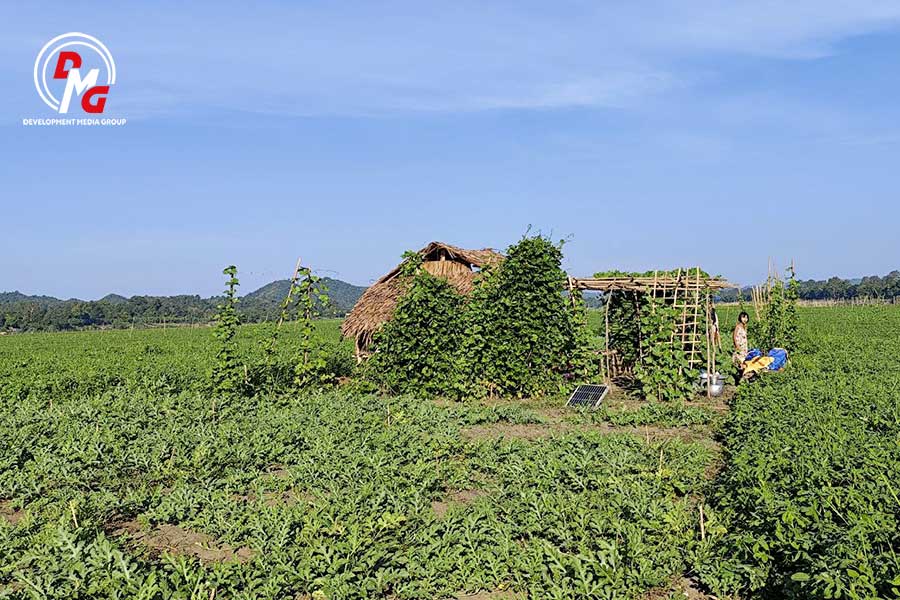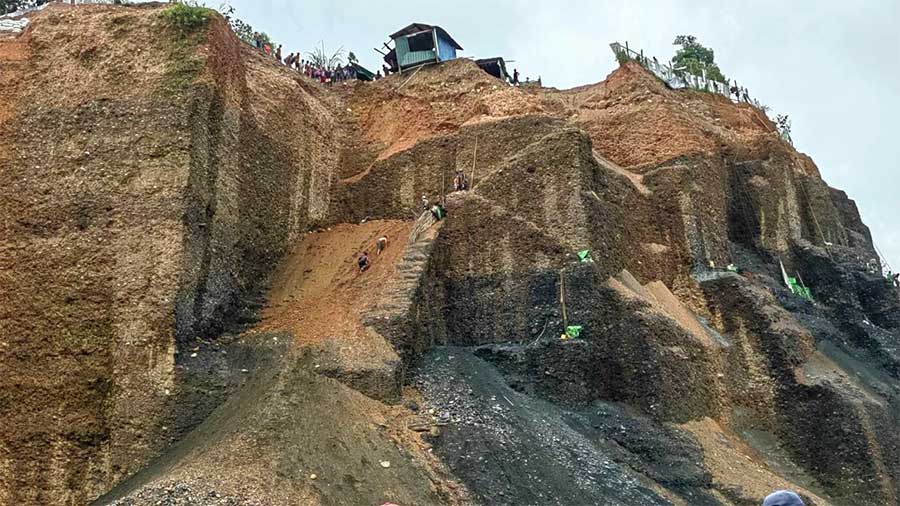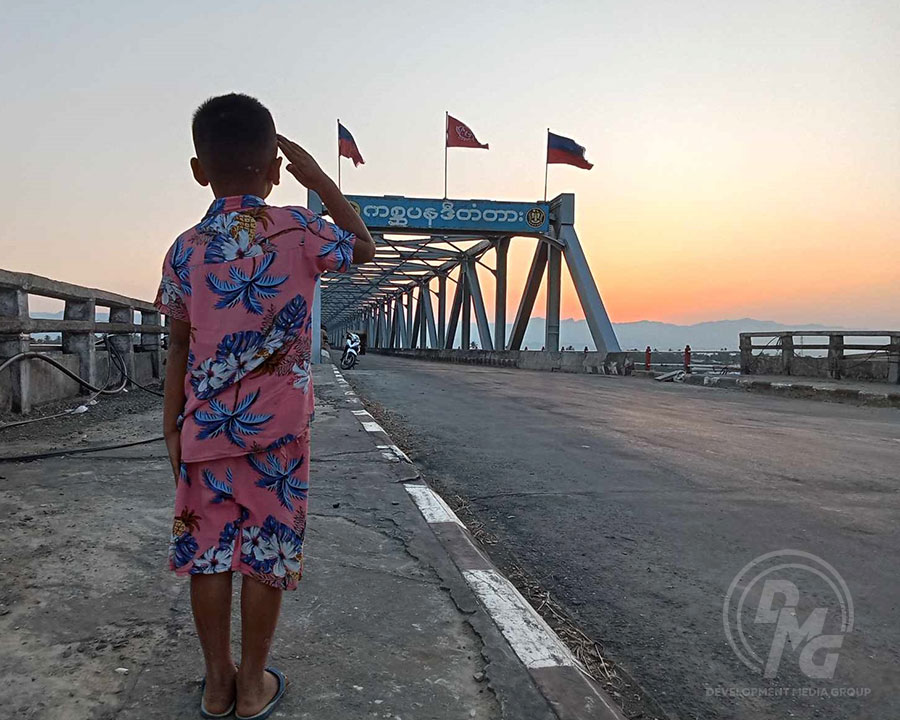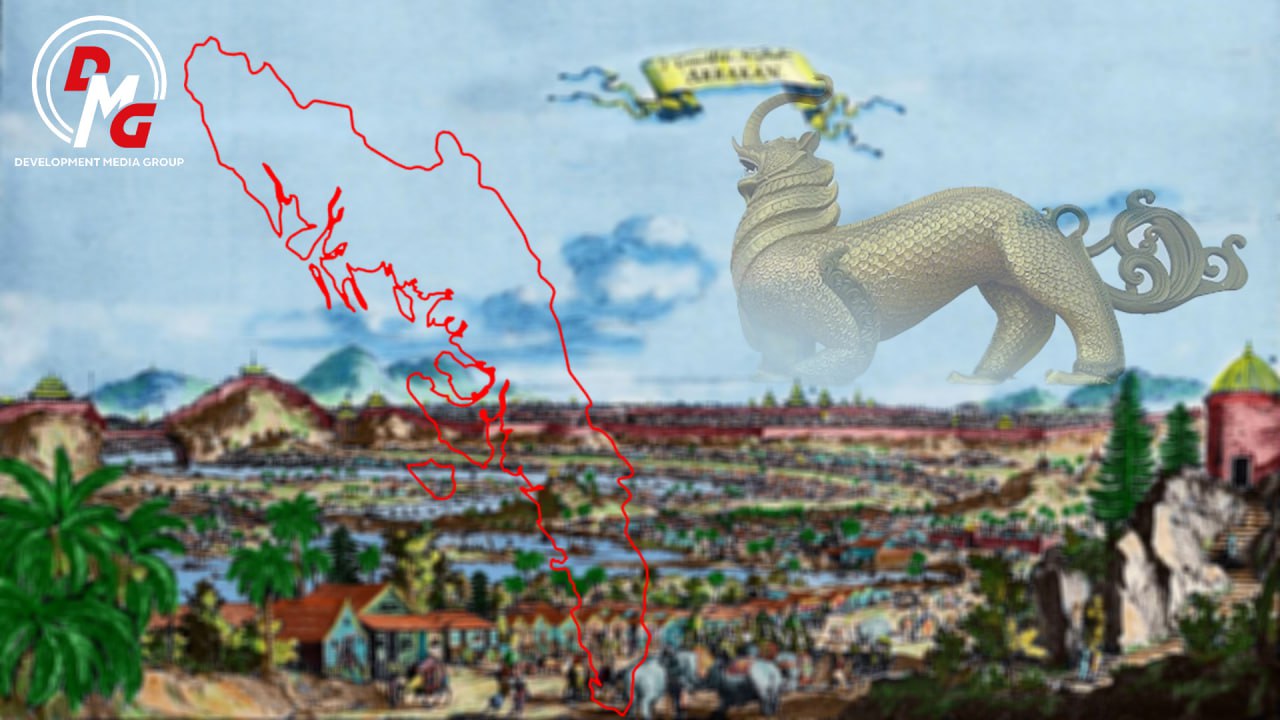Lemro River visitors and attendant rubbish on the rise
The number of travellers along the Lemro River in Mrauk-U Township, Arakan State, is on the rise, according to the Isana travel agency, which sees the area as having growing tourism potential.
21 Nov 2021
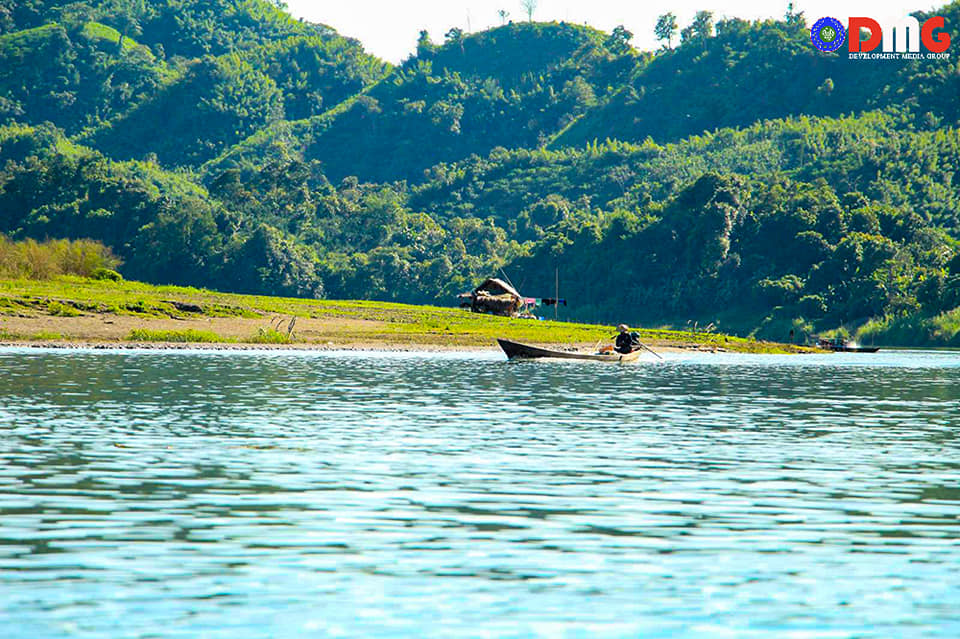
DMG Newsroom
21 November 2021, Mrauk-U
The number of travellers along the Lemro River in Mrauk-U Township, Arakan State, is on the rise, according to the Isana travel agency, which sees the area as having growing tourism potential.
Hundreds of people visit a stretch of the river in Mrauk-U Township every day this year, in contrast to the past when numbers were said to be depressed by conflict and the Covid-19 pandemic.
Ko Zaw Tun, a resident of Mrauk-U Township, said: “People in Arakan State are visiting the river this month. During the armed conflict, no one visited there. The water level is shallow now and many people are visiting there this season.”
Travellers are reportedly drawn to the beauty of nature at sites such as Kone Chaung and Let Pan Pyar, along Lemro river. Sin Oh village is the jumping off point for these destinations, more than 10 miles east of Mrauk-U town.
The increase in visitors to the river has brought more rubbish in the river as well, a particular concern given that people from about 40 villages along the river largely depend on it for drinking water.
Ko Aung Khaing Soe, a member of the Isana travel agency, said they will educate people to discard their trash systematically, and place rubbish bins to that end.
“We will place signboards alerting travellers not to discard rubbish in the river. We will place rubbish bins. We will burn the rubbish, but bottles and other things that cannot be burnt are brought back to us,” he said.
The Isana travel agency has built small huts for travellers at Kone Chaung and Let Pan Pyar, beside the Lemro River.
U Maung Kyaw Zaw, a resident of Mrauk-U Township, said local villagers and relevant authorities need to work together to ensure the river is clean and beautiful.
“The union and state governments should be involved in the project to stop discarding rubbish in the river,” he said. “It is not enough that a civil society organisation places a rubbish bin there.”
Many residents of villages along the Lemro River rely upon the waterway for travel and livelihoods. The increase in travellers has helped create new business opportunities too, for boat operators as well as vendors along the river.
The Lemro River gets its start in the mountains of Chin State before feeding into Arakan State and emptying into the Bay of Bengal east of Sittwe.

